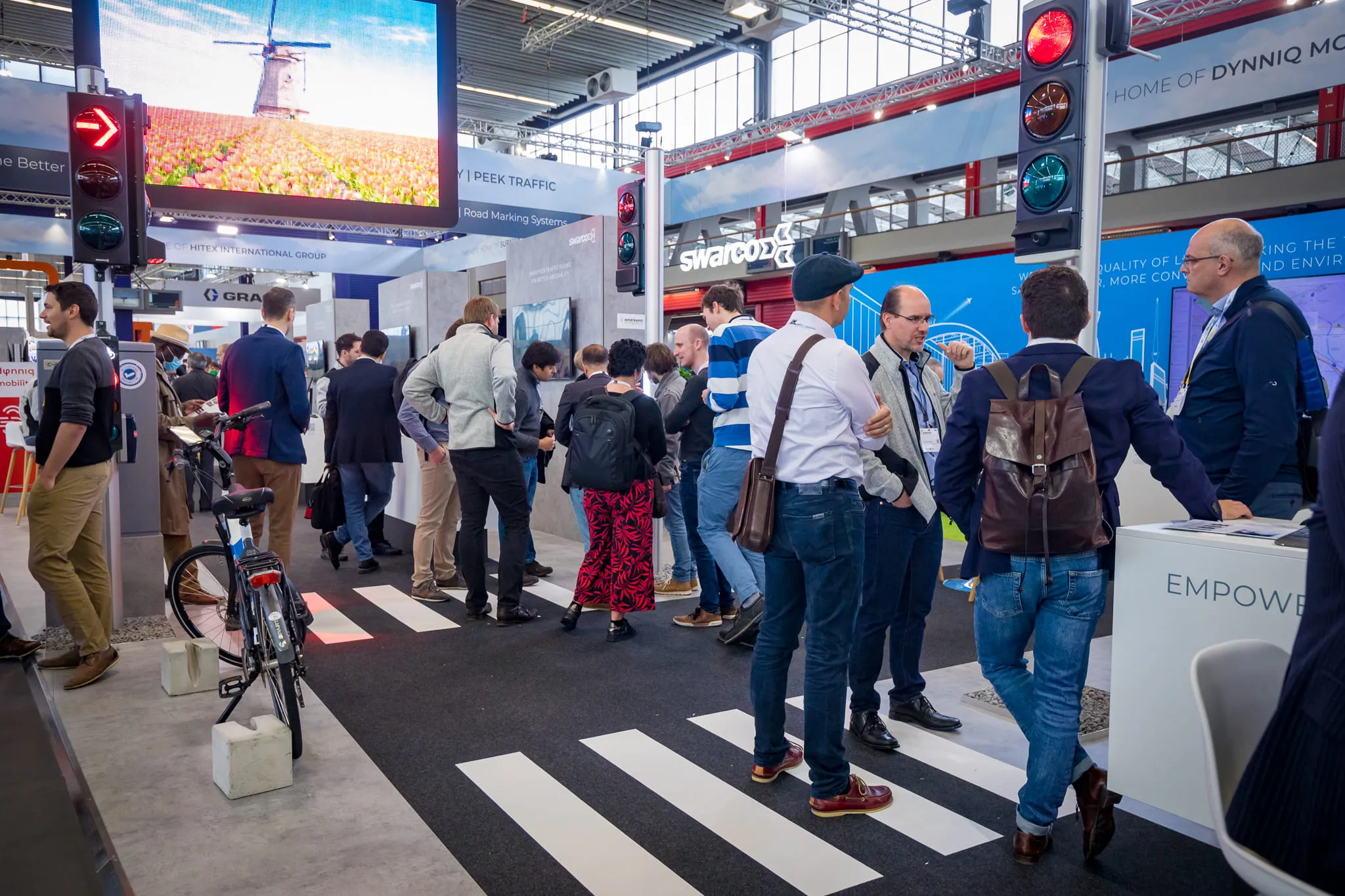Siemens' presence at Intertraffic Amsterdam always involves an array of technologies and systems across a broad range of traffic and transport disciplines and this year will be no exception. As the company points out, it is digitalisation that revolutionises traffic. A good example is the integration of the Internet of Things/Traffic (IoT) in urban infrastructure which is gaining traction and, in the future, it will be the digital presence that counts. Siemens is pioneering the ‘mobility revolution’ with
February 19, 2018
Read time: 2 mins
As the company points out, it is digitalisation that revolutionises traffic. A good example is the integration of the Internet of Things/Traffic (IoT) in urban infrastructure which is gaining traction and, in the future, it will be the digital presence that counts.
Siemens is pioneering the ‘mobility revolution’ with products that make complex tasks simple by using the data to make the most of existing infrastructure. Innovative products can be combined to create one intelligent, modular solution that supports traffic systems to enable them to act instead of react. One example is software-enabled premium hardware, such as the sX Controller.
The sX combines ultra-modern hardware and innovative software, a combination that provides future-proof solutions for traffic. The new Sitraffic sX traffic controller, which will be featured at Intertraffic Amsterdam 2018, is easy to operate via the Internet and is setting new standards with its lean structure, easy configuration and unparalleled user-friendliness.
Siemens will also use Intertraffic to unveil the Sicore II, the next generation of automatic number plate recognition (ANPR) camera. It is designed for high-speed free-flow environments in all weather conditions. Whether used for average speed control, low emission zones or access control, Siemens says the Sicore II delivers outstsanding results in all conditions.
Efficient fleet management is another key element for modern mobility infrastructure. Siemens will be demonstrating how the challenges can be handled efficiently via IQ-Traffic, Falcon, Stream, SiBike, and Enforcement.
Meanwhile, Siemens ITS Digital Lab develops data-driven applications and services on MindSphere to help solve mobility challenges, such as fleet management, for example for bike-sharing.
The company will also be demonstrating how it makes intermodal travel easy. With the solutions of Siemens, HaCon and VMZ, integrated mobility improves passenger experience and helps travel to become easier and more comfortable, even across different modes of transportation.










